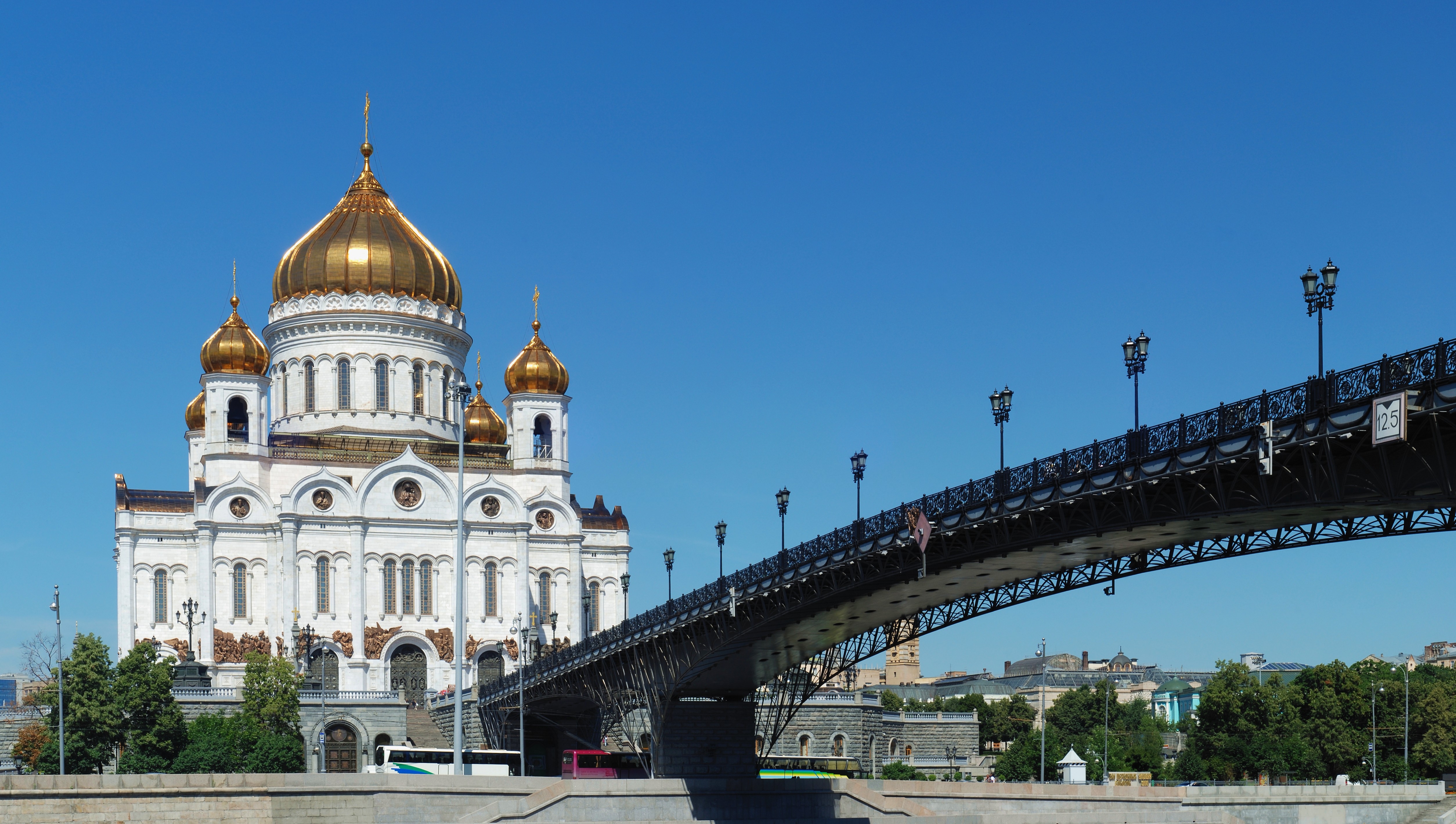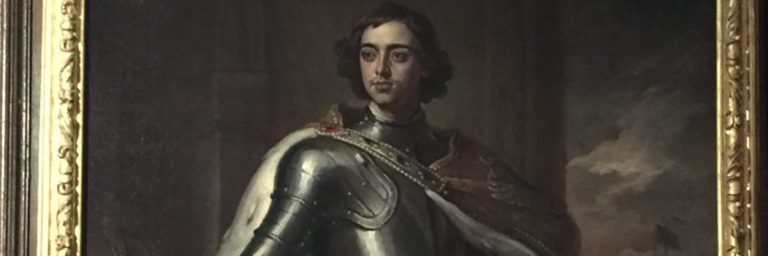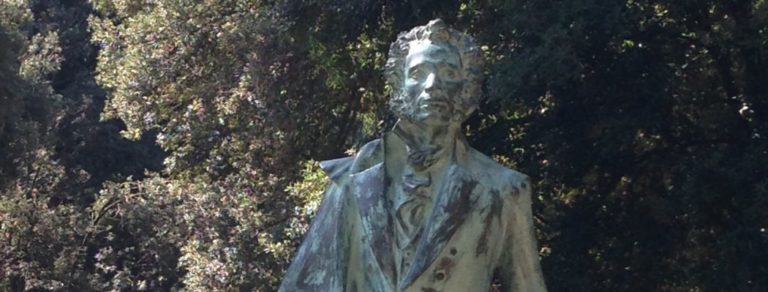By Christian tradition, the earliest major churches were founded by the Apostles with a) James the Just, the brother of Jesus, in Jerusalem, b) Peter, in Rome, and c) Andrew, in Byzantium. Paul wandered around the Mediterranean tending to other, smaller congregations, finally settling in Rome. At a time when there were no printing presses and no means for easy communication, it is no surprise that each of these churches began to develop its own interpretations and observances. Even the writings considered as biblical scripture or useful guidance were different. Sort it out with the History of the Church from the Edict of Milan, D. 313, to the Council of Chalcedon, a D. 451 (Classic Reprint)
Peter the Rock, “on this rock I will build my church,” always sought the primary position for the Roman church. This was fine for the brief period when Emperor Constantine was still in Rome. But, when he moved to Byzantium and made it his new, namesake capitol, the Eastern Church took on more prominence.

Constantine was bothered by the differences he discovered between the ecclesiastical interpretations of East and West and called everyone together to sort it out. The Nicene Creed attempted to iron out the big spiritual questions. At the same time, 381 CE, the Patriarch of Constantinople was raised to the same level as the Pope. Constantine was not about to have a second stringer in his city. This set up a rivalry that continues to this day.
By 451, and the Council at Trullo, there were five “Sees” named, all “equal,” with Rome being slightly more equal. Antioch and Alexandria were added to the list of the original three. In Rome, the head of the Church was definitely the Pope. In Constantinople, the Patriarch presided as a member of the Holy Synod of Bishops. The Roman Church stuck to Latin. The Eastern Church officially prayed in Greek, the language of the Greek Septuagint Old Testament, and later became known as the Greek Orthodox Church, even though it was headquartered in Istanbul. However, it began to spread the Christian word in local languages. As described in the essay on “Kievan Rus,” the teachings of Cyril and Methodius were especially effective in the Slavic countries because they were so accessible in vernacular translations.
Then, Justinian built Hagia Sophia, the largest church for the next thousand years, in Constantinople. Explore this remarkable building in Hagia Sophia (St. Sophia Church – Ayasofya Museum) in Istanbul, or Hagia Sophia: Architecture, Structure, and Liturgy of Justinian’s Great Church
. The Western Empire fell to invasions and the balance of ecumenical power shifted to the East. This played a major role in the conversion of Vladimir the Great, and Christianity arrived in Russia by way of Constantinople, not Rome.

By 1054, the power struggle for primary position blew East and West apart. The Great Schism occurred because the Eastern churches would not acknowledge that the Pope had any standing higher than their own. The Pope excommunicated the Patriarch, and the Patriarch excommunicated the Pope. The acrimonious tale is told in His Broken Body: Understanding and Healing the Schism between the Roman Catholic and Eastern Orthodox Churches. The Orthodox churches continued to develop locally, including in Kiev. When Vladimir made Christianity the State religion in 988, he got his own “Metropolitan” (church leader) in Kiev. When the Mongols came calling, the seat of the church moved north to Moscow.
In 1453, the Islamic Ottomans conquered Constantinople. This is an important story never told in tenth-grade world history: Osman’s Dream: The History of the Ottoman Empire. They were tolerant enough to allow the Orthodox Church to continue to function, though they took over Hagia Sophia and turned it into a mosque. It was then that Ivan III the Great married the daughter of the last Byzantine emperor and declared Russia to be the “Third Rome” as protector of the Orthodox Faith.
Today, the total Orthodox population is about 300 million, with half of that being Russian Orthodox. The irony is that the Soviets attempted to eradicate religion. It has been such a fundamental part of Russian life that it remained a strong influence in spite of the official obstructionism. It has rebounded since the fall of the Soviet government.







